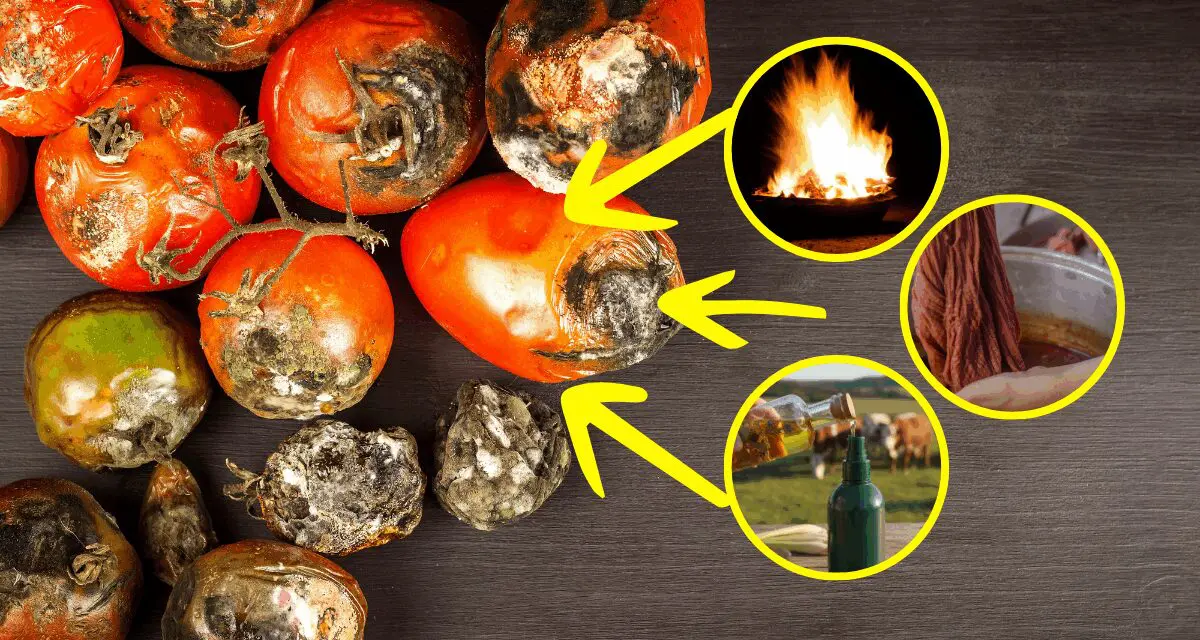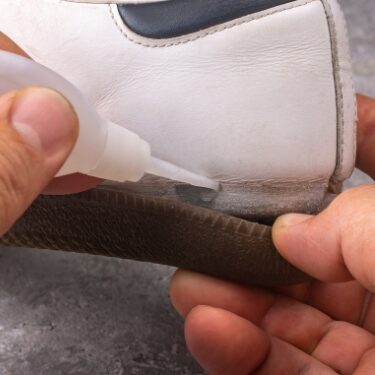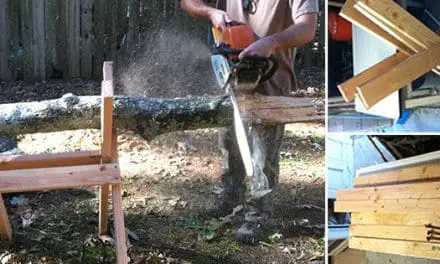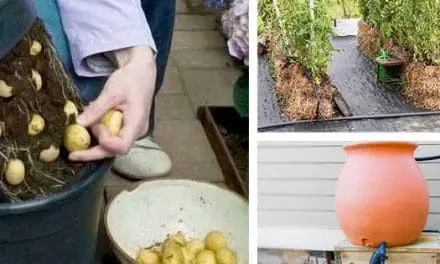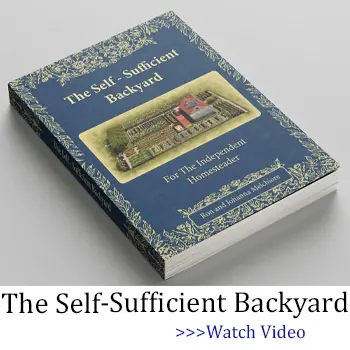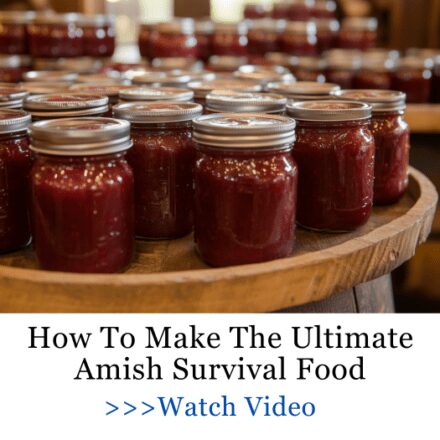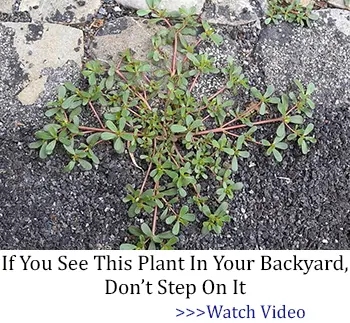Usually, when we find ourselves with some spoiled or rotting vegetables we just toss them in the compost heap or into the garden waste bin for the weekly garbage day. But it may surprise you that those spoiled vegetables can still be used although you definitely shouldn’t eat them.
We’re going to cover some surprising and practical uses for spoiled or rotten vegetables. They’re all safe and actually represent practices that go back to ancient times.
Spoiled vegetables might not be fit for eating, but they can still serve some surprisingly useful purposes beyond composting. A good example are spoiled beets.
You shouldn’t eat spoiled beets, but beets have a unique property. If you’ve ever added beets to a soup or stew you know what that means: they dye everything red. And that’s where an alternative use comes into play.
Cultures for centuries have used beet juice to dye clothing and even to stain wood for furniture and structures.
Don’t throw away or compost those beets if you have anything you’d like to dye to a beet red color whether it be fabric or wood.
Dying Clothing and Wood
This is all about beet juice. But it’s not the beet juice you drink. When you do that you macerate the beets and filter them to remove the pulp and beet bits. When using spoiled beets for dyeing you just chop them up to get some juice and add the bits and all to a tub of water and vinegar to make a red slurry.
The water and vinegar mix is usually 50/50 plus the beet juice and bits.
Once that’s done, you can drop any kind of fabric, yarn or cloth into the slurry and the red dye from the beets will turn everything red. Let it soak for an hour or so and then pull it out and the red stain will stick. Dry on a rack and you’re done.
If you’ve ever wondered how Amish craftsmen manage to build and preserve wood furniture that lasts for generations, without a single drop of synthetic stain, you’re not alone. That curiosity led me to The Amish Ways Book, written by Eddie Swartzentruber, a man who grew up inside the community and now shares their best-kept secrets.
This isn’t a storybook, it’s a toolbox. Inside, you’ll find things like:
- How they keep food fresh without electricity using cold cellars, underground greenhouses, and natural cooling
- How they treat pain, illness, and infection with remedies from their backyard
- And dozens of other practical, build-it-yourself projects that still work in today’s world
If natural dyeing is just the beginning of your interest in old-fashioned self-reliance, trust me, this book is the next step.
👉 Click here to take a peek inside The Amish Ways Book and get an exclusive 76% OFF your order
Cleaning Copper and Brass
Some vegetables like tomatoes and onions are highly acidic and do a remarkable job of removing oxidation and corrosion from copper and brass cookware. In fact, anything made from copper or brass will look better if rubbed and smeared with crushed tomatoes or even a rubbed and spoiled onion. Rinse with water after rubbing and drying and you might be surprised to see how a little acid in a rotting vegetable can clean things up.
Homemade Glue
The starch in some vegetables can make a decent glue for simple projects like paper crafts. Potatoes are the champs for this, but carrots actually work as well. Boil them and mash them and reduce them to a slurry.
>>> DIY Amish Medical Superglue That Can Stop Bleeding in Seconds <<<
Apply the slurry to your paper craft project and when dry it will hold paper projects together. This is great for paper mache or 3-dimensional models made from paper.
In the Garden
Okay, we’re not composting but spoiled vegetables spread around the garden can attract slugs and other pests away from healthy plants. And by the way, they will eventually compost but the goal is to keep the bad guys away from the good plants.
Pest Repellent Spray
If your veggies have gone soft or mushy, don’t throw them out just yet. Many spoiled vegetables, especially garlic, onions, and hot peppers make fantastic natural pest repellents.
Just chop them up, cover them with water, and let the mix sit overnight. Strain and pour the liquid into a spray bottle. Use it on garden plants to deter aphids, beetles, and even rabbits.
It’s an old homesteader trick that saves your crops and puts spoiled produce to good use.
Hot pepper is also a powerful ingredient for soothing sore muscles and stiff joints. In fact, you can make a hot pepper salve for arthritis and back pain that works wonders when your back locks up or your knees start aching after a long day. Just rub it on the affected area, the warmth you feel is capsaicin at work. It draws blood to the surface, improves circulation, and relieves inflammation. That’s what helps lubricate your disks and joints so you can move freely again.
Fire Starter Pucks
It might surprise you, but some spoiled veggies, especially dried-out corn cobs, potato peels, and onion skins, can be turned into natural fire starters.
Spread them out to dry completely, then pack them into egg cartons with a bit of melted wax. Once cooled, you’ll have ready-made fire starter pucks perfect for wood stoves or outdoor fire pits.
Nothing goes to waste, and you’ll never need to buy kindling again.
Facemasks and Scrubs
A lot of beauty products tout the addition of things like avocado, cucumbers, pumpkin and other natural ingredients. Mash them and scrub up. Just avoid anything that looks moldy.
Foot Soaking
Many vegetables are mineral rich and make a great foot-soaking solution. They include potatoes and cabbage. Don’t be to quick to toss that old cabbage or soft potatoes. Chop them and put them into a small tub of hot water and give your feet a break.
Natural Cleaning
Rinds from oranges, lemon and limes are high in citric acid. They can be used for natural cleaning of toilets, sinks, even light switches and doorknobs. The citric acid kills germs and makes short work of cleaning anything. And if you get a little on your hands, who doesn’t mind smelling like a lemon or orange?
Natural Easter Egg Coloring
This is simple for coloring Easter eggs. Onions turn eggs yellow. Blueberries turn eggs blue. Beets make them red. Experiment! Those spoiled vegetables are loaded with pigments. Typically, you use a 50/50 mix of warm water and vinegar and add the desired vegetable to give you the color. Spoon the hard-boiled egg around a while and see how your color is doing and you’ll have beautiful and naturally colored Easter eggs.
Natural Cleaning
Lemon rinds are the hero here. That’s why so many cleaning products tout “lemon scented.” But it’s not just about the scent but the fact that the acids in lemon rinds cut through grease and make for a powerful cleaning result. Boil them in water and reduce and use a washcloth to clean sinks, toilets, countertops, stovetops or anywhere else grease and germs may reside. They leave any space smelling fresh and lemony and cut through the toughest stains.
When Done, Compost
We started by saying you shouldn’t compost but when you’re done upcycling your spoiled or rotten vegetables you can always take them to the compost heap. It’s a double benefit. You get the most out of what you would throw away in two ways. Just remember to avoid using moldy fruits or vegetables for other uses. Mold is just bad stuff but spoiled and rotten can still be good.
Vegetables You Can Harvest In Less Than A Month
The Hidden Food Growing Fence You Can Have In Your Backyard (Video)
Vegetables You Can Grow In Your Attic
Why You Should Bury Your Vegetables In Sand
Vegetables You Didn’t Know You Could Turn Into Remedies

